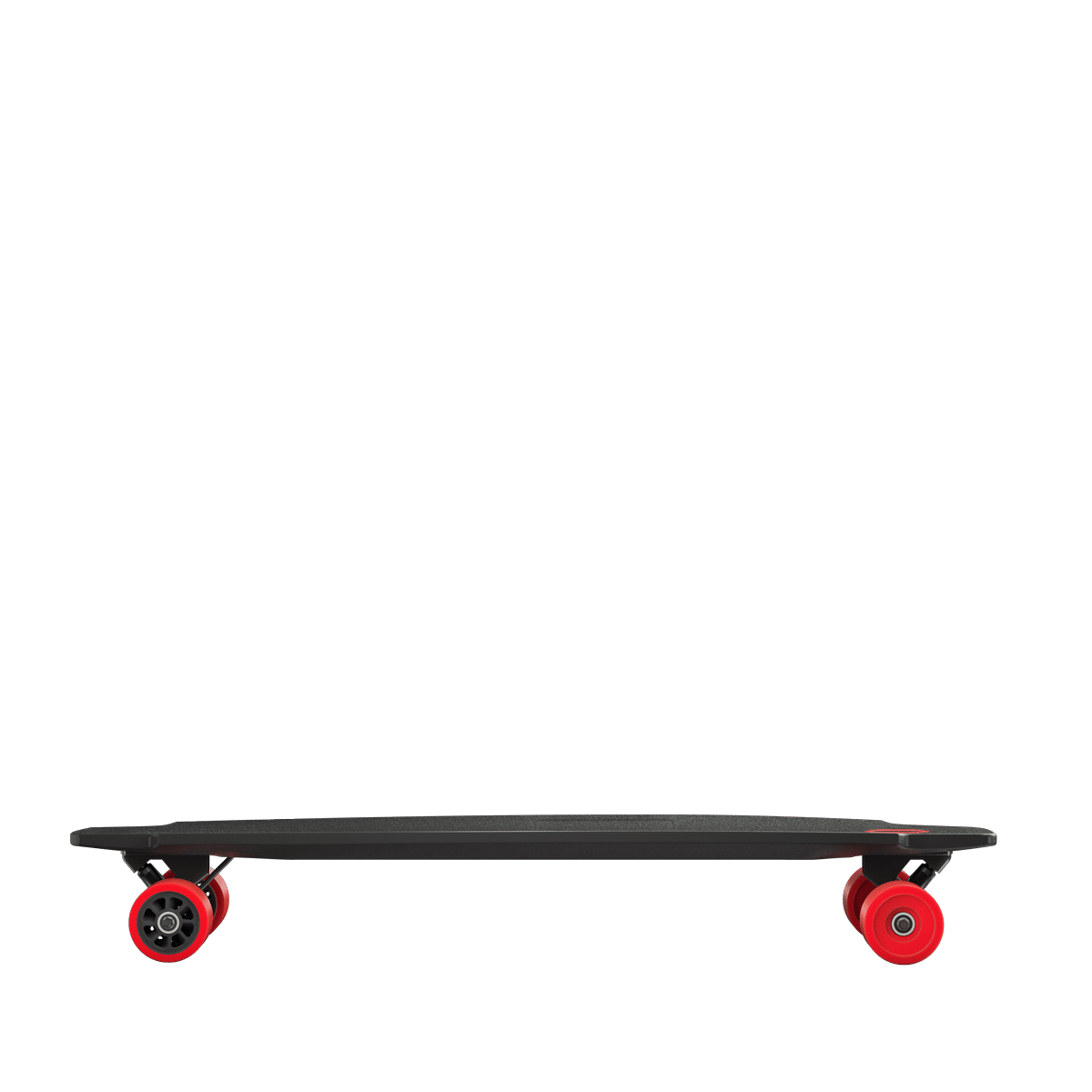

SOLITEX MENTO uses monolithic membrane and if waterproof (DIN EN 20811) up to lab test limitation of 32' (10m). This demonstrates that the waterproof qualities of the TEEE work even when exposed to oil. The conventional membrane leaks at low water pressures, while the SOLITEX MENTO membrane stays dry at a much higher column (notice the difference in bulge).

In the lab tests shown above and below you can see the effect of applying oil to membranes before testing the water column (EN 20811/AATCC TM 127) of each membrane. In contrast, the monolithic film in SOLITEX MENTO is completely waterproof. The right half was treated with oil, rendering it leaky. Lab test water column (DIN EN 20811) on conventional WRB. But if that tension is broken by oils (found in wood preservatives), wood tannins, soap and dirt, the waterproo fing becomes compromised. How is a vapor open membrane waterproof?Ī micro-porous or perforated membrane is "waterproof" because the surface tension in liquid water holds the drops together and prevents water beads from passing through the membrane. It looks like the membrane leaks, but the moisture is actually just interior humidity. However, the conventional passively vapor open membrane in the same building is showing condensation - because water vapor wasn't transported fast enough, casuing a layer of condensate to build up. The example above shows that actively vapor open SOLITEX MENTO membranes remain dry even when large amounts of humidity enter a roof enclosure with compromised interior airtightness. In the same roof the microporous membrane causes condensation to form, because passive vapor openness is not sufficient for outward drying (right) Through active vapor diffusion, the SOLITEX MENTO membrane remains dry (left). If you can easily blow through the membrane when placing it over your mouth, the pores are probably large - very vapor open, and not very airtight. This is true even if the actual perm rating (per ASTM E96B) is high, which could be the case because the pores are big/perforated. Since the pores are quite small - nanometer scale - a relatively high vapor pressure differential is required for vapor to actually dry outwards through the pores. They are therefore vapor open because air and water-vapor molecules, driven by convection, leak through the micro-pores. SOLITEX MENTO actively vapor open function, purely diffusion driven (left) Microscopic image of TEEE membrane (right)Ĭonventional WRB vapor open function (convection driven) and microscopic image of micro-porous membrane (on right)īy being porous, perforated or stretched, these materials are not 100% airtight. Use the Weather Resistive Barrier Cheat Sheet to choose from a variety of SOLITEX WRBs These micro-pores then allow water vapor molecules to be moved through the water-resistant layer by convection (leaking through the micro-pores). In the production process these materials are made vapor open by either spunbonding them into a PE mesh, puncturing the PP or stretching the PP with NaCi additives in production. Conventional housewraps and WRBs depend on creating a micro-porosity in a normally vapor closed material (PE or PP). Consequently, the membrane, unlike conventional housewraps, is very vapor open (38 perms, Sd-value 0,05m) in every condition. Therefore, if vapor/water is present on the interior of the membrane, even the slightest vapor pressure differential (inside to outside) will engage the chain reaction and dry out the water/humidity. This material actively transports the vapor outward by passing it along its molecular chain of monolithic membrane (see image above) - a property of the TEEE material. This membrane, unlike conventional WRBs, has no pores and is completely waterproof and wind/airtight.
Inboard monolith pro#
Pro Clima's exterior weather resistant membrane (WRB) and roof underlayment (the SOLITEX system) incorporates a monolithic TEEE* film.


 0 kommentar(er)
0 kommentar(er)
